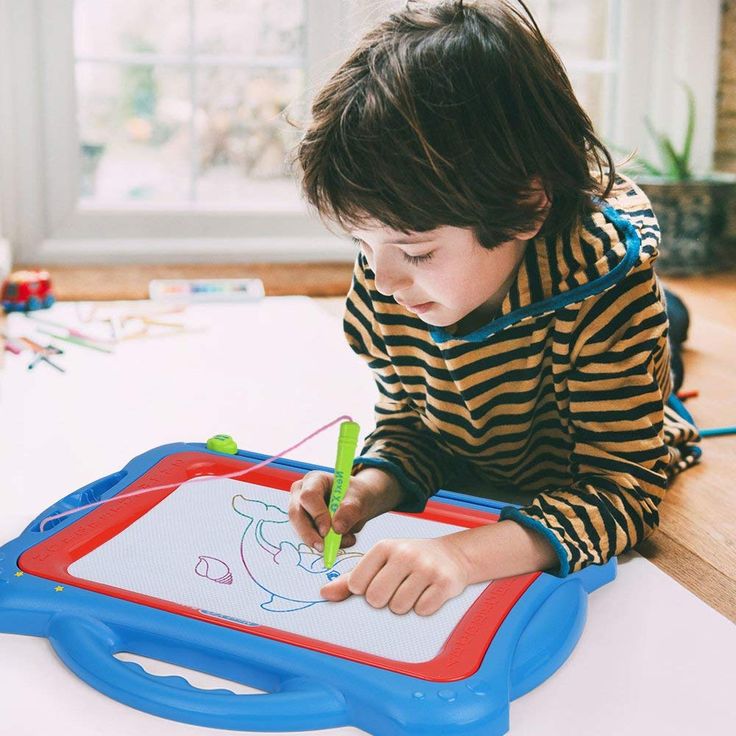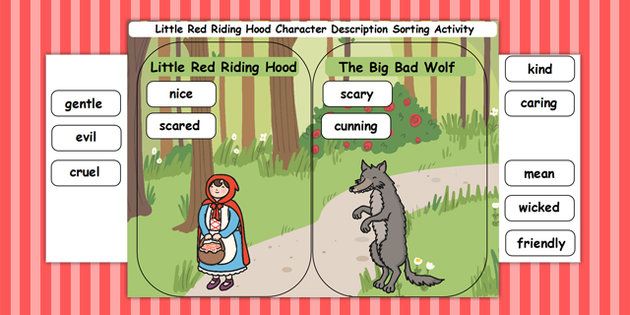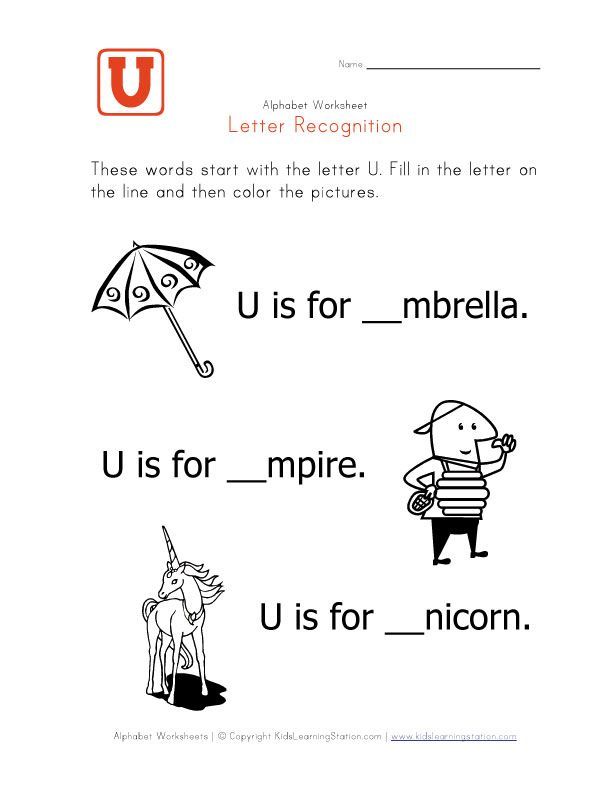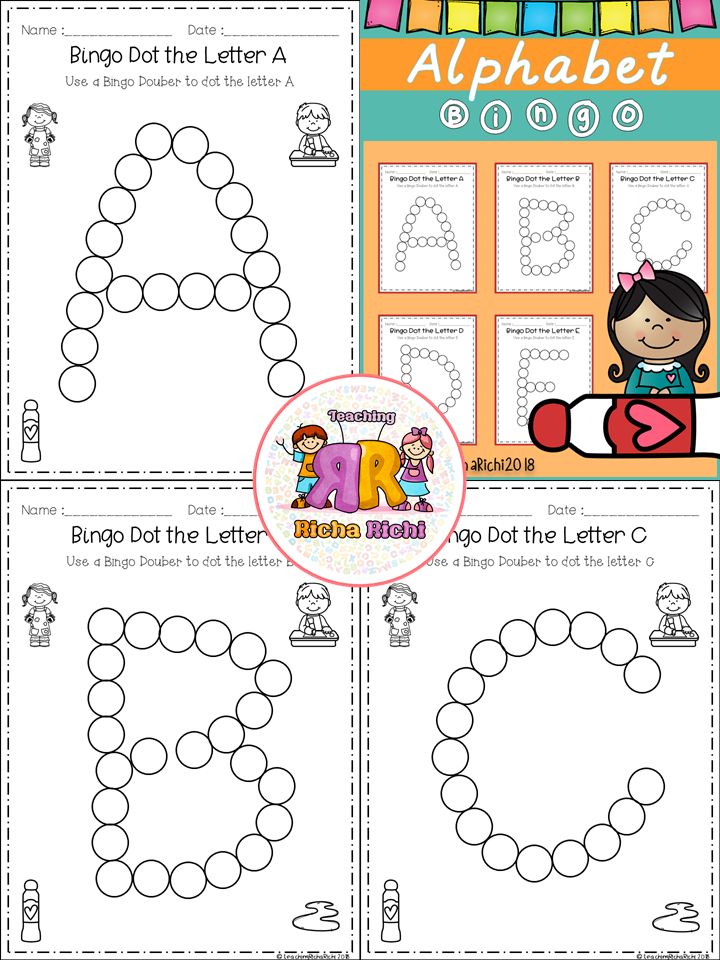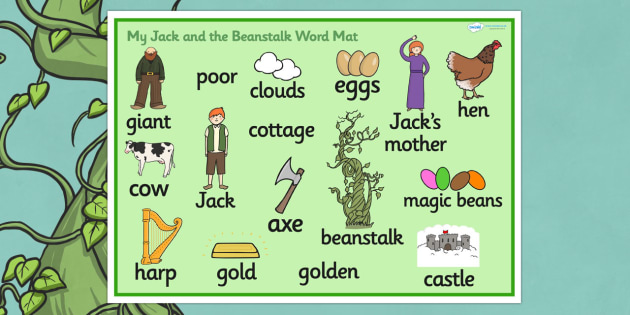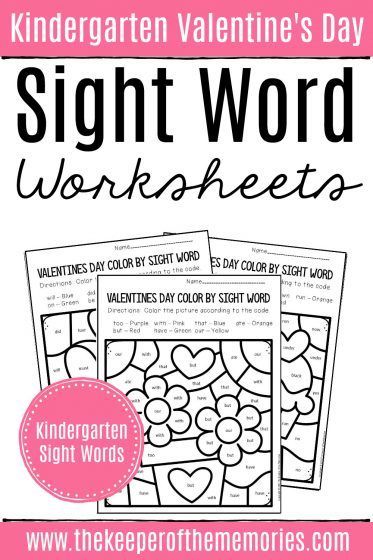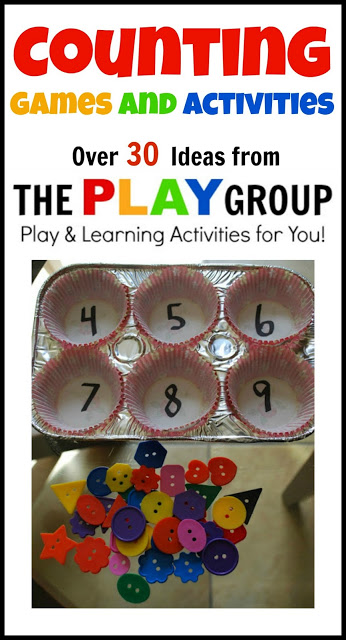Writing games for toddlers
Fun Writing Games to Encourage Your Kids to Write
No one ever said that parenting was easy, especially if you’re one of those parents who is struggling with helping their kids with school work. Many children are not fans of writing or any activities that involve writing. Luckily for you, this list is a lot of different and exciting writing games to create a love of writing in your kids so they can write more and have fun doing it.
1. Telephone Pictionary
This game is really engaging and will promote creativity with your children while at the same time pushing them to write. If you have more players it will go better, and all you need is paper and pencils. Every player simply writes a sentence on the paper and passes the paper on. The next player will draw what is represented by the sentence and fold down the paper so only the drawing is visible, then passes the sheet.
The next player will write a sentence that describes the drawing and fold the sheet to keep only their sentence visible. The paper keeps going around in this way until it’s full. Then, all players can compare the original sentence with what happened later for laughs.
2. Story Telling
In this game, you also only need paper and pencils, and all kids will get to write a story together. Onboard, you can write the first sentence of the tale. Then, over the next two minutes, the children will write down the next step of the story. After two minutes, their paper goes to someone else who will continue the story. These papers go around a few times until such time as the story is done. Then, you can enjoy sharing the different and funny stories that were created.
3. Fill in the Blanks
For this game, you need some story sheets with blank spots. According to Rick Steele, an educator at Academized and Ox Essays, “to play, you just have to give the sheet to your child and they will fill in the blanks however they want by using their imagination. Then, you can read the finished story together afterward.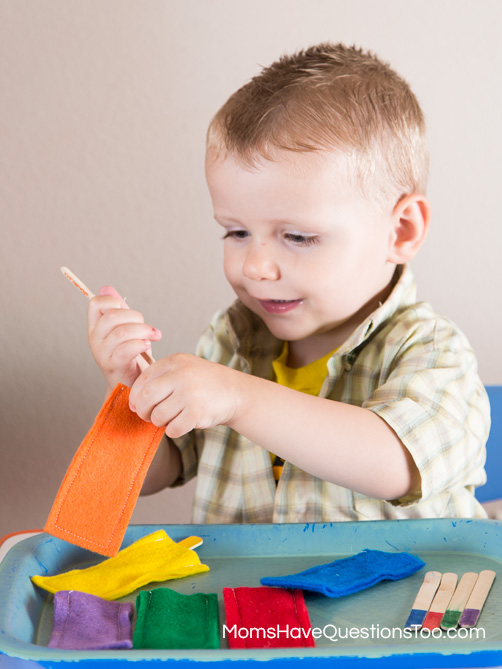 ”
”
It can be difficult to get your children to write if they don’t like it, but there’s a lot of writing games that can make the process more exciting.
4. Birthday Cards
Every time there is a family birthday or special event, or during the holidays, you can get your children to write the birthday card. This will make them speak their thoughts about their family members as well as encouraging them to write in the process.
5.Cursive Name Writing
This game can be exciting to learn to write in cursive. You can take a sheet and fold it in half. Ask your children to write their names in cursive in large script, along the top of the folded crease. They can trace over the writing time and time again, then they can go over the folded piece until they create a mirror image on the other side of the sheet. Then they can cut out their names until the writing looks like a large bug.
6. Challenge for Vocabulary Terms
This game is better for children that can write comfortably and are more than six years old.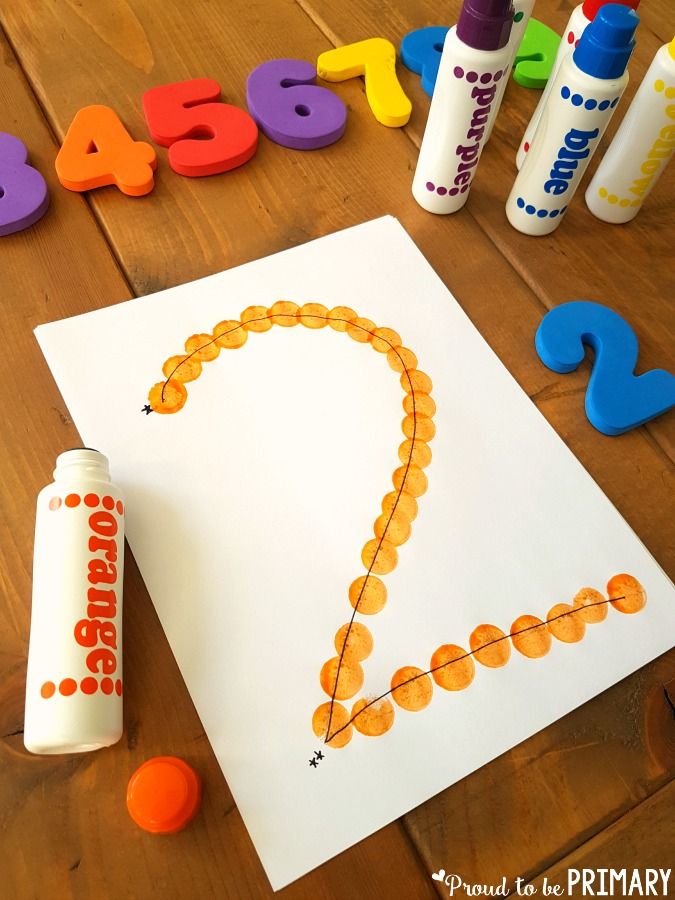 You can give your child a new word and tell them what the meaning is. Then, Henrietta Fillon, a tutor at Big Assignments and Elite Assignment Help, says “you can challenge them to write a sentence with the new word in it. You can also ask your child to write a complete story about this word if you have time for it. You can also ask for drawings if they don’t enjoy writing much.”
You can give your child a new word and tell them what the meaning is. Then, Henrietta Fillon, a tutor at Big Assignments and Elite Assignment Help, says “you can challenge them to write a sentence with the new word in it. You can also ask your child to write a complete story about this word if you have time for it. You can also ask for drawings if they don’t enjoy writing much.”
7. Comic Strip Fun
This activity is better for older children who already know how to read and write, especially if they like storytelling. You can get some comic strips for your children and ask them to fill out the dialogue bubbles (which should be blank, to begin with). Then, challenge them to make it more exciting. They can also draw with crayons to make more colors and liven up the comic strip.
It can be difficult to get your children to write if they don’t like it, but there’s a lot of writing games that can make the process more exciting. By spending time with your children to focus on learning to write, they will prosper and learn to enjoy writing.
About the author: Ellie Coverdale, a writer for UK Writings and Essayroo, shares her thoughts and opinions on education and writing. She loves fostering a desire to read and write in children and stresses the importance of writing skills for all people, regardless of age. In her spare time, she teaches writing skills for Boom Essays.
12 Writing Games To Help Kids Learn To Write And Have Fun Doing It
Writing can feel daunting to young learners — there are so many letters to memorize, sounds to recall, and words to spell! You might be wondering what the best writing games are to help your child learn to write.
HOMER has got you covered with these simple and engaging writing games! With minimal equipment required, these activities can be set up within minutes and provide unlimited fun.
Before we dive into our favorite writing games, let’s discover why writing is important in child development.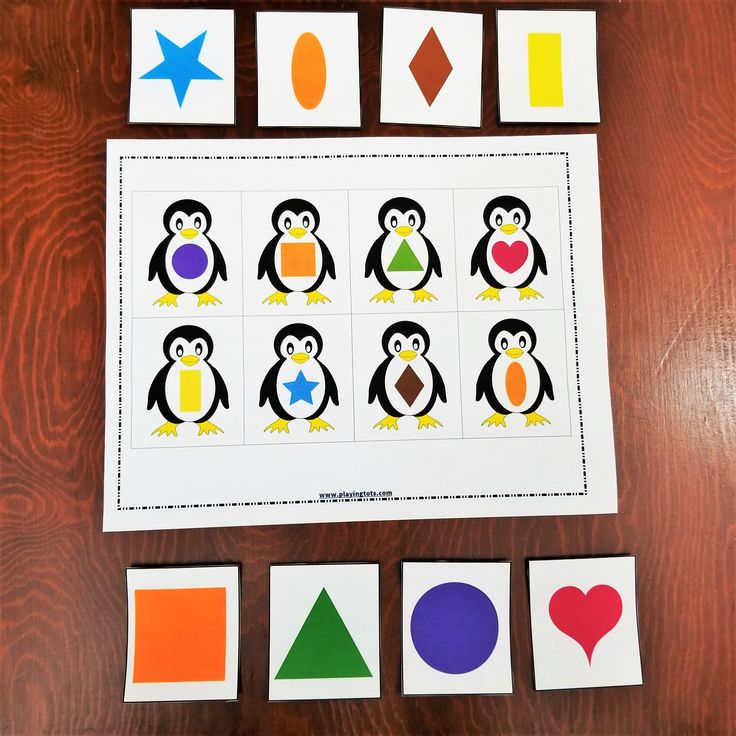
Why Writing Is Crucial To Development
From their early scribbles to drawing recognizable letters, writing is a useful form of self-expression for children and allows their ideas to flow more easily.
What’s more, the alphabetic code is reversible, so children who use sounds to determine words for writing are simultaneously advancing their ability to sound out words and read coherently. Win-win!
This is a lifelong skill that your child will use every day, so it’s important to know how to best nurture and develop these emergent literacy skills from a young age.
By playing the writing games outlined below and taking the time to practice, your young writer will be an expert in no time!
Why Games Are Important For Learning
You know that it’s important for your child to develop writing skills, but you may be wondering why you should incorporate games into their learning.
Why can’t your child just sit down with a pen and paper to practice writing?
Less Stressful Learning
Here’s the stitch: Being asked to sit down and practice writing skills can be daunting for some kids.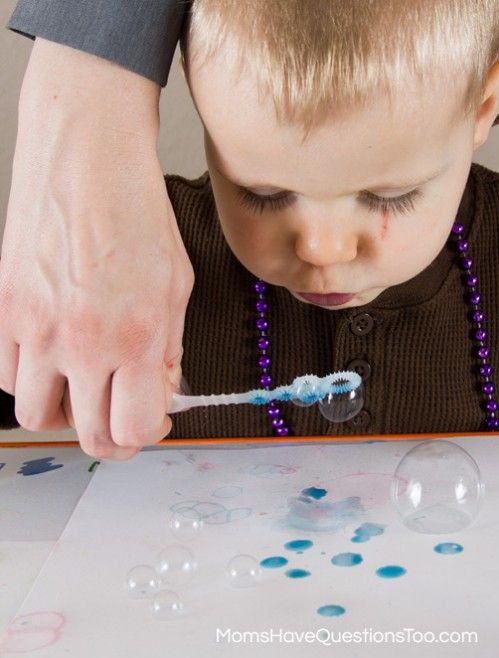 It can also be frustrating when they come across letters or words they struggle with.
It can also be frustrating when they come across letters or words they struggle with.
Games, on the other hand, decrease stress levels and get children excited about learning.
While playing learning games, your child will not only be practicing their writing skills, but they’ll also be more focused on completing the fun activity than on getting frustrated that they can’t write the uppercase Q, Z, or J.
When children see that learning doesn’t have to be tense or highly stressful, it can also change their perception of educational activities. In fact, they may be more willing to participate in future educational games.
Motivation
Motivation is one of the biggest advantages of playing writing games.
Kids are more likely to pay attention to the instructions and participate when they see the activity is fun. This is much more effective for teaching writing (and other) skills than simply handing them a worksheet.
Some educational games also allow children to play in pairs or groups.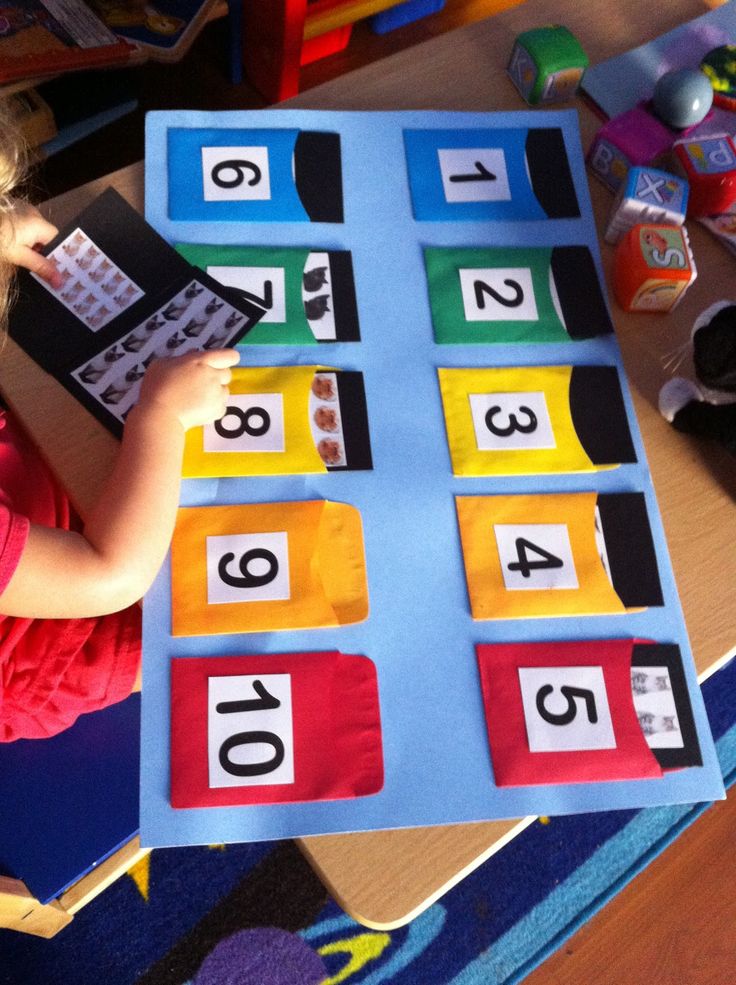 Interacting with peers or family members in this way is an excellent opportunity to develop critical social skills, such as listening to others, communicating effectively, and taking turns.
Interacting with peers or family members in this way is an excellent opportunity to develop critical social skills, such as listening to others, communicating effectively, and taking turns.
Friendly Competition
Kids can be very competitive — with their friends, siblings, and sometimes even with mom and dad. Playing writing games can foster a spirit of fun, healthy competition.
If you involve multiple children in these activities, the child who wins can learn to congratulate their fellow competitors and not just brag about their accomplishment. And the one who loses can learn to celebrate another person’s win and try harder next time.
Problem-Solving Skills
By nature, most games require participants to incorporate problem-solving skills, planning, and creativity. That’s a lot of mental work!
Playing writing — and other types of educational — games can help your child develop these essential life skills.
Now that we’re clear on why writing games are important, let’s get into the activities you can introduce to your child today.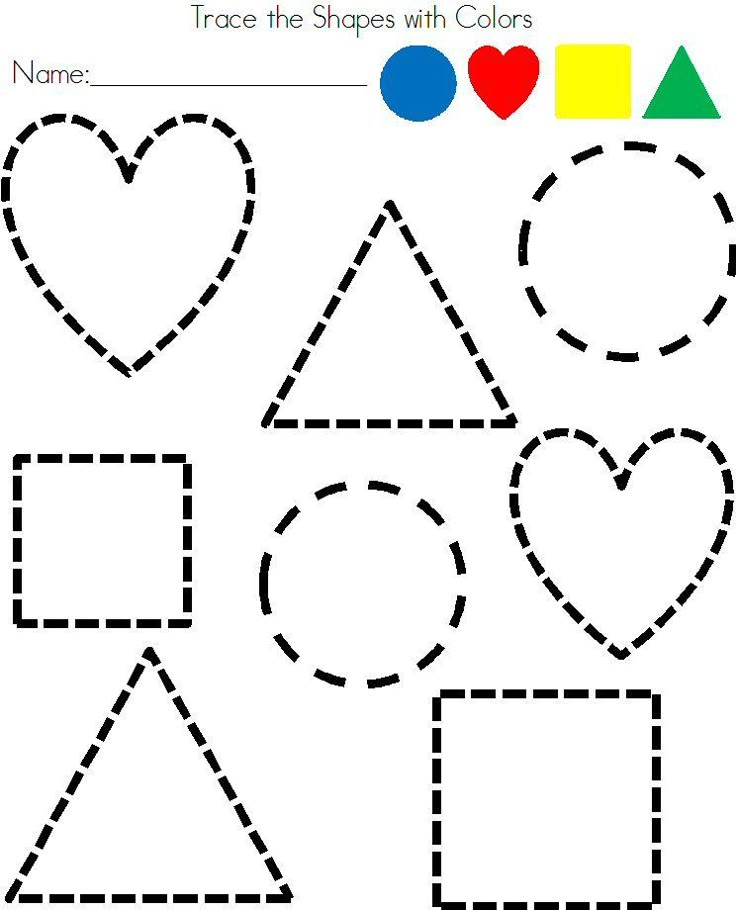
We’ve divided these into three sections — writing games for preschoolers and kindergarteners, first graders, and second graders. So, feel free to scroll to the relevant section for your child (or children), and let the games begin!
Writing Games For Preschoolers And Kindergarteners
1) Disappearing Letters
What You’ll Need
- A chalkboard
- Chalk
- A paintbrush
- A cup of water
What To Do
Start this activity by writing a repeated letter, a word, or your child’s name on the chalkboard using your chalk. If you’re writing a single letter, start by writing it five times in a row.
Dip the paintbrush in the cup of water and have your child trace over each of the letters, erasing them one by one.
Once your child has mastered one letter, move on to multiple letters until they’re comfortable using this activity to “write” their name and short consonant-vowel-consonant (CVC) words such as dog and cat.
This activity is great for working on developing your little one’s fine motor skills as well as their spelling abilities, which will aid them as they take pencil to paper!
2) Hands-On Writing
What You’ll Need
- A tray or bin
- A fun material such as sand, flour, or shaving cream — anything that can hold a shape
- A pen and piece of paper (optional)
What To Do
To start this activity, grab a tray or bin that’s deep enough to hold your chosen material.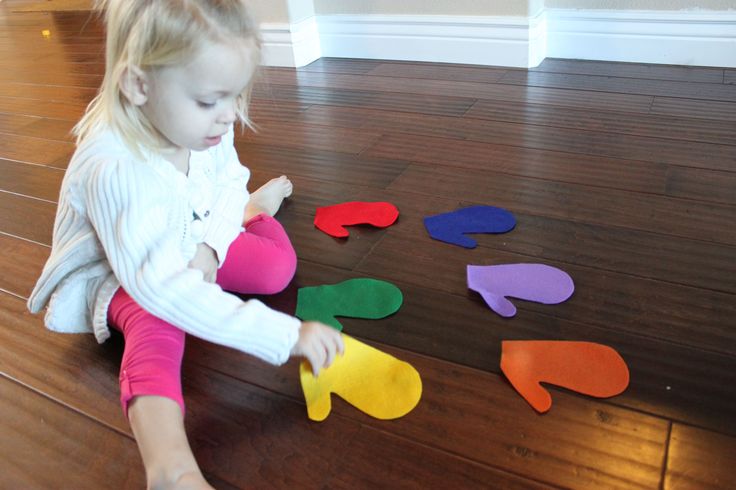
Fill your tray and bin with sand, flour, shaving cream, or anything else that can be used to form a shape. This is what your child will use to develop their writing skills!
Say a letter to your child (or write the letter on a piece of paper for them to copy, if needed) and have them write the letter into the sand, flour, or shaving cream with their finger.
Eventually, you can work your way up to having your child write whole words, like their name or things they love (the names of their friends and family or even their favorite foods or toys).
Don’t worry too much about what the letters look like — even scribbles are OK! Whatever your child writes to produce a letter or word is great progress.
This activity lets you make writing a fun, sensory experience! Try using different materials to keep your child engaged and to learn more about the world around them while they practice their writing skills.
You could also use a fingerpainting method for this game for some colorful fun — enjoy getting creative with this writing game!
3) Yarn Letters
What You’ll Need
- Blank sheets of paper
- Pencils
- Yarn
- Child-safe scissors
- Glue
What To Do
Grab the blank sheet of paper and help your child draw a letter of the alphabet with a pencil. Then, hand them the yarn, scissors, and glue, and help them trace the letter by cutting and gluing the string onto its shape.
Then, hand them the yarn, scissors, and glue, and help them trace the letter by cutting and gluing the string onto its shape.
Performing this task is an effective way for your child to develop their fine motor skills, a key component of writing. In addition, this hands-on activity allows children to continue learning their letters.
Writing Games For First Graders
4) Roll The Dice
What You’ll Need
- A piece of paper
- A pen or pencil
- A dice
What To Do
This writing game is all about creating a fun story with your child using dice to determine how many words you get to add each turn!
Start by having your child choose a main character, a setting, and a problem. For example, your character might be a cat, your setting might be a garden, and the problem might be that the cat needs to find some food.
Write the first sentence of your story based on the character, setting, and problem you’ve chosen with your child.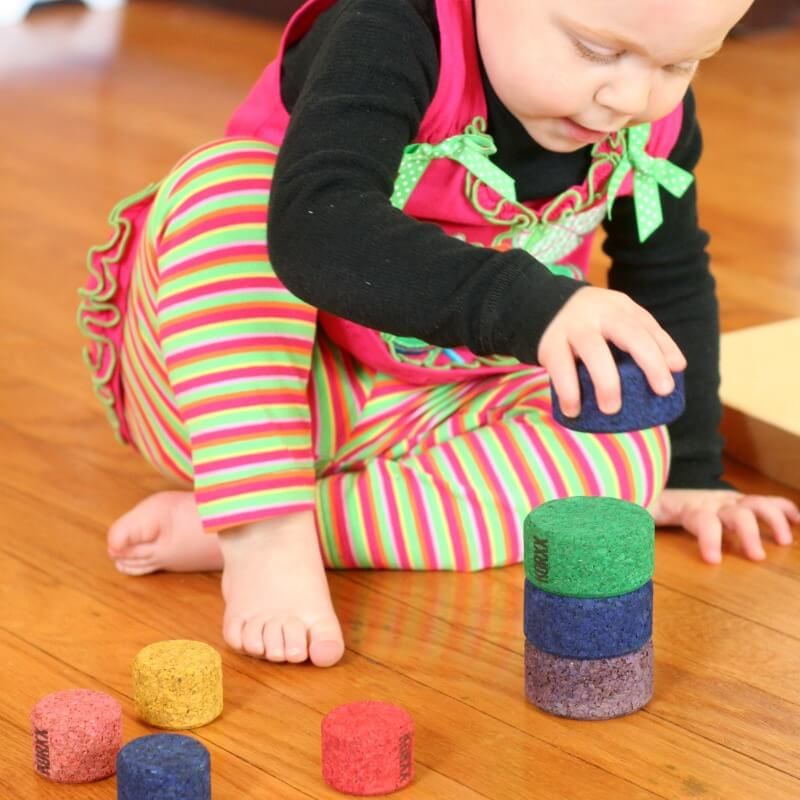 Using our example above, the first sentence might be, “Once, there was a cat in a garden who couldn’t find any food.”
Using our example above, the first sentence might be, “Once, there was a cat in a garden who couldn’t find any food.”
After you write the first sentence, have your child roll the dice. Whatever number the dice lands on is the number of words they’ll add to the story — not one word more or less!
You can assist your child by sounding out tricky words and helping them write if needed. Once they’ve added their words, it’s your turn to roll the dice and write your next round of words based on the dice number.
Take up to five turns each before finishing your story together by choosing an ending. Then read your story aloud to see how it all flows!
5) Speech Bubbles
What You’ll Need
- A piece of paper for drawing or a printed cartoon
- A pen or pencil
What To Do
For this activity, start by having your child draw a picture with a character or two. You could draw this scene together or even print off some characters from the internet to color and decorate together.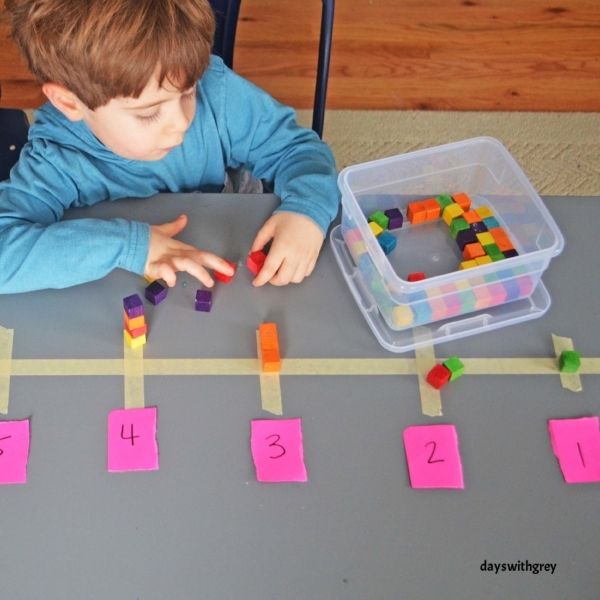
Once you’ve finished drawing and decorating your characters, it’s time for each of you to draw and fill in a speech bubble to create thoughts for your character (or a conversation if you drew more than one character).
For example, if your character is a dog, maybe he’s standing by an empty bowl. What might a hungry dog say? Some options could be, “Where’s my food?” or “I hope they bring pizza!”.
Let your child’s imagination run wild with possibilities for filling in the speech bubbles and enjoy this writing activity together by writing down the silly suggestions, too!
Speech bubbles are one of the most fun options for writing games as they’re quick, easy, and short for young writers.
This may help your child feel less intimidated as they explore more words to add to their vocabulary and practice forming their letters correctly.
6) Birthday Cards
What You’ll Need
- Colored pens or crayons
- Pencils
- Blank birthday card
What To Do
Birthdays are a day most people look forward to.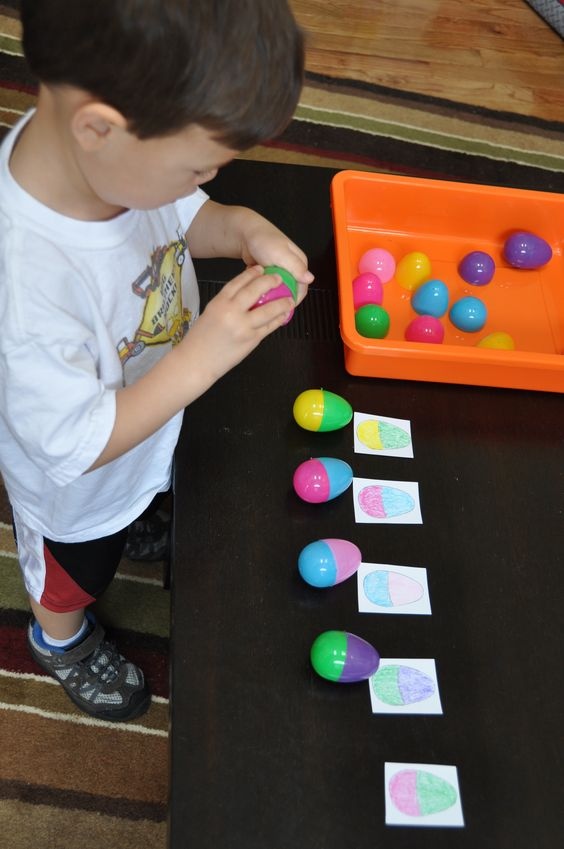 For kids, this day usually means lots of gifts, games, a birthday cake, and, of course, a birthday card.
For kids, this day usually means lots of gifts, games, a birthday cake, and, of course, a birthday card.
Help your child create a unique birthday card for their friend, neighbor, cousin, sibling, mom, or dad — whoever they want! Once they select the recipient, get the supplies you need and help them write a sweet message for their loved one.
This is a wonderful activity for your child to practice putting their thoughts on paper. They can also add flowers, hearts, and anything else that will help to make the card extra special.
Note: This activity can be used for any occasion, not just birthdays. Is it the holidays? Has the family been invited to a graduation party? Do you have a family member who’s not feeling well?
All of these are excellent opportunities to create a special card for a loved one.
7) Map Out The Story
What You’ll Need
- A blank sheet of paper
- Colored pencils (or crayons)
What To Do
The aim of this writing game is simple: create a setting for a story.
Children love when a storybook they’re reading includes some pictures and a map to bring the story to life. With this activity, they get to create their own!
All your child needs to do is draw a map of the story setting of their choosing, labeling the different areas. This can be a story they’ve read or one that’s just popped into their head. It really doesn’t matter as long as they’re excited about it.
To help them get started, you can ask prompting questions, like:
- Does your story take place on land or in water?
- If it’s on land, what and who lives on that land?
- If it takes place in water, what types of interesting creatures are there?
- What’s the weather like?
- How many characters are there?
- Where do these characters live?
- What do the characters do?
- Are there any landmarks?
Once your child is clear about the world of the story, it’s time to draw and create it. Now you can also help your child write a story that takes place in their invented world.
For this activity, we’re not expecting incredible artwork or penmanship. Instead, the main focus is to have kids practice gripping pens or pencils and writing.
Writing Games For Second Graders
8) Grocery List Writing
What You’ll Need
- A piece of paper for making your list
- A pen or pencil
What To Do
Make the task of writing your grocery list into a game!
You can do this as part of a make-believe or role-playing game with your child, or you can create a real grocery list together before the shopping gets done.
Try planning out some meals for the week ahead, and then make a list with your child for each of the ingredients needed. Explain that writing a list helps us to remember all the things we need to buy, and discuss what items you might need to purchase.
Keep it simple and help your child by sounding out words as they write. Once the list is written, your child can enjoy checking off each item one by one after it’s been put in the cart!
9) Household I-Spy
What You’ll Need
- Two pieces of paper, one for you and one for your child
- Two pens or pencils, one for you and one for your child
- A timer or timer app
What To Do
One of our favorite writing games is this version of I-Spy with a twist!
Grab your paper and write each letter of the alphabet down the left-hand side.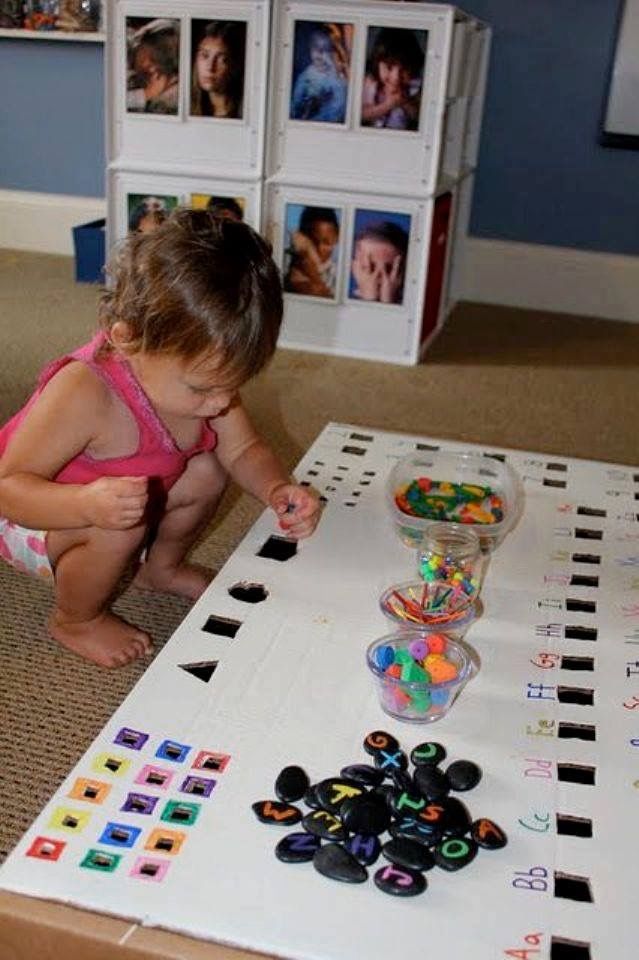 Once you and your child have both written the alphabet on your paper, set your timer for 10 minutes.
Once you and your child have both written the alphabet on your paper, set your timer for 10 minutes.
You’ll then race from room to room to find and write down as many objects as possible that begin with each letter of the alphabet. Write each object next to its corresponding letter and fill in as many as you can within the time limit.
You could also set a handicap for this writing game to raise the stakes! For example, if your child’s time limit is 10 minutes, cut yours in half so that you have to find as many objects as possible in five minutes.
10) Accordion Storytelling
What You’ll Need
- A sheet of paper
- Pen
- Ruler
What To Do
The first player will start the story at the top of your clean sheet of paper by writing two sentences on separate lines. They can write about any topic they want.
When they’re done writing, they’ll need to fold the paper over the first sentence and pass the paper on to the next player.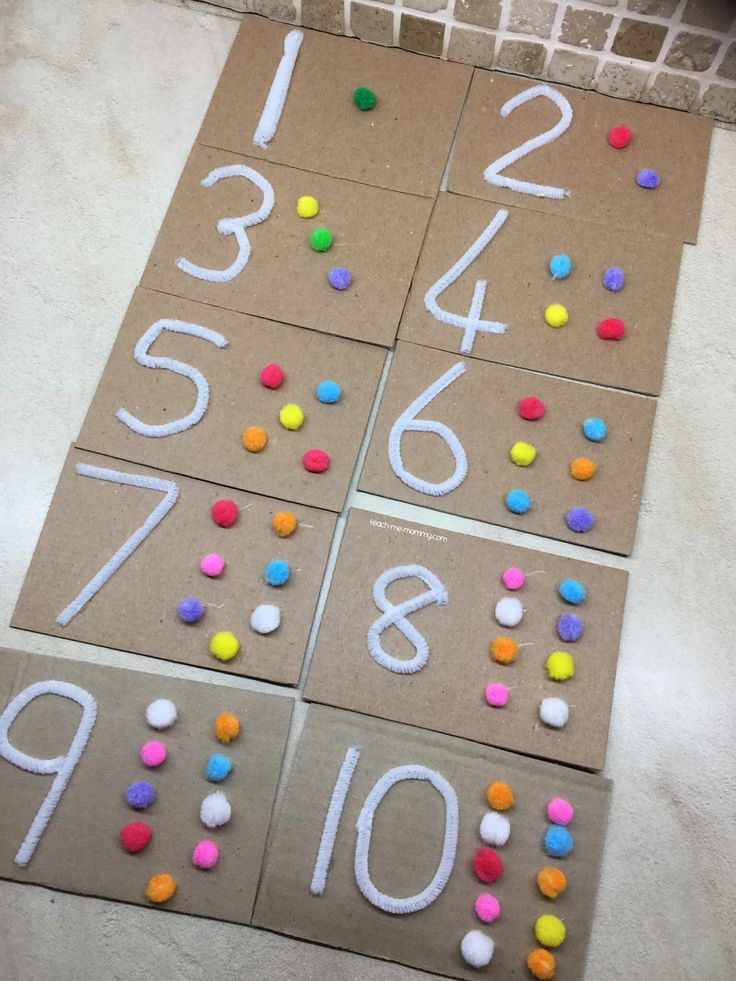 This means that the first sentence won’t be seen. The next writer will only be able to see the second sentence on the page.
This means that the first sentence won’t be seen. The next writer will only be able to see the second sentence on the page.
This player will need to write their own two sentences based on the line they can see. After that, they’ll fold down the first line of what they wrote and pass it on to the next player, too. The paper will continue to be passed around and folded like an accordion.
The round ends once all the paper has been folded up, and there’s no space left to write. Once you’ve reached this stage, open it up and read the story aloud together.
What interesting story did you come up with? Get ready to have a good laugh!
Note: You can take turns reading one sentence each, or you can nominate one person to read the whole story to everyone.
This is a great game to play with the whole family or even just two people, although it is the most fun with at least three people. And it will encourage creativity and writing skills.
11) Pen Pal Writing
What You’ll Need
- Paper
- Pens or pencils
- A pen pal
What To Do
Writing letters to pen pals is very traditional.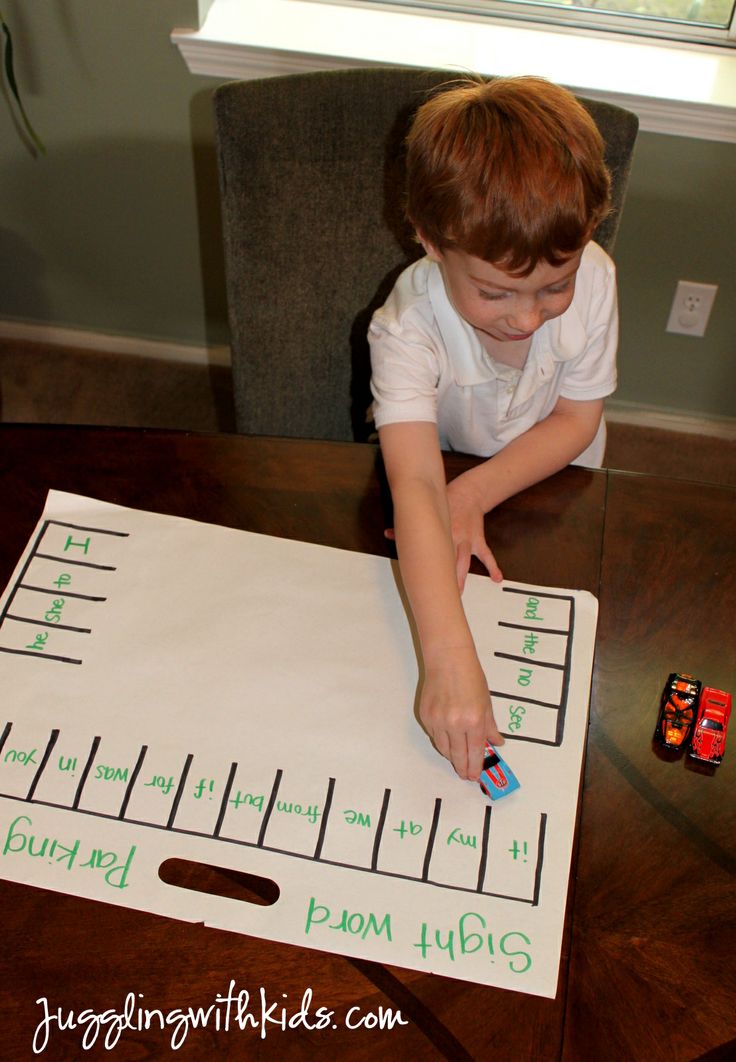 In a nutshell, it involves two people in a long-distance friendship who communicate by writing letters to each other.
In a nutshell, it involves two people in a long-distance friendship who communicate by writing letters to each other.
Now, with the advancement of technology, very few people still do this via snail mail. But it can be a great way to encourage children to write.
Who can your child write to? They can choose a friend who’s moved schools, a cousin who lives in another state, or their grandparents. It can be anyone they’d like to send a message to!
This is a fun way to help children learn about mailing letters and how the postal system works. They also get to create memories and can keep the letters their pen pal writes to reflect on for years to come!
12) Rewrite The Ending
What You’ll Need
- Paper
- Pen or pencils
- Storybook
What To Do
Children will need to exercise their imaginations to play this game.
To get started, read a book aloud to your child. (This can be an old favorite or a new story.) Once you’ve finished reading, encourage them to create their own version of the ending.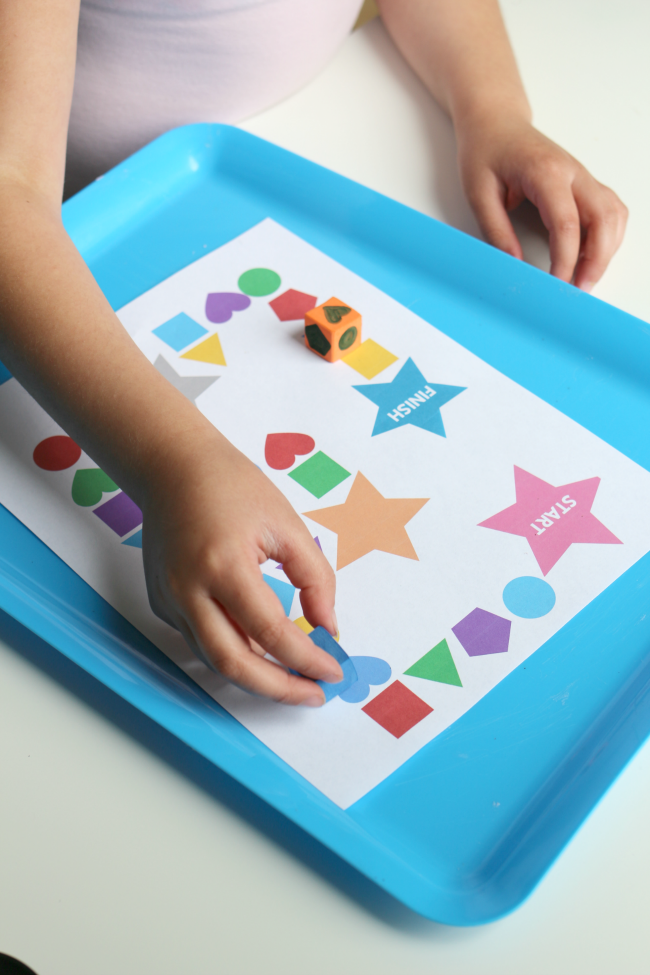
It can be challenging for children to imagine their favorite stories in a different way, so you might need to help your child think outside the box:
- What if the frog never turned into a prince but into a big elephant instead?
- What if the three little pigs learned karate and decided to fight the wolf?
- Could the little mermaid have a twin sister she just discovered?
This activity lets your child exercise their imagination while also practicing their writing skills. If this is done with multiple children, it will be fun to see what exciting versions of the script each child comes up with.
Enjoy Learning To Write With HOMER!
We hope you’ve found some new favorite writing games from our activities in this guide!
From creating sensory play activities with sand and fingerpaints to writing a grocery list together, there are so many ways to get creative with your child and make writing a fun shared activity.
For even more writing fun, unbox a learning adventure with our Explore Letters Kit.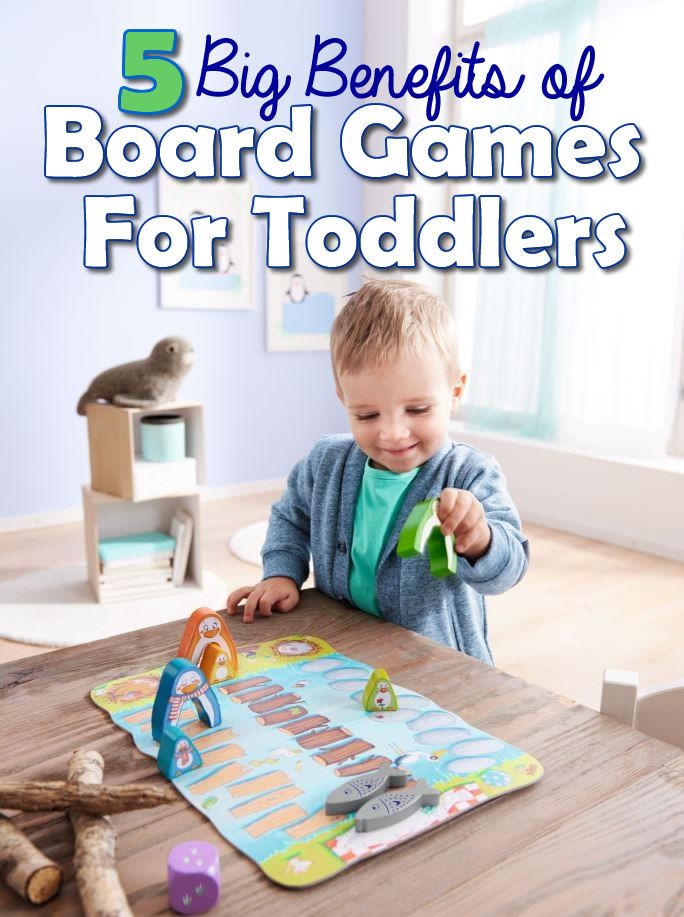 Watch your child build their literacy skills, using their imagination to lead them through a variety of writing and spelling activities!
Watch your child build their literacy skills, using their imagination to lead them through a variety of writing and spelling activities!
Author
Content
- Simple games on a sheet of paper
- DRISSISS
- Treasure Map
- CLASS
- 9000
- Cross-tanks 9000
- Balda
- Silent artist
- Bulls and cows
- Capturing the field
- Strategy games on paper for two or more
- Sea battle
- Scrabble
- Code of
- bridges
- Scessions
- Snake
- Troomino
- Games on a piece of paper with letters
- Games on paper - a selection of books
- National games on paper
Games on paper: For children and adults, simple and complex, creative and strategic, fun and educational.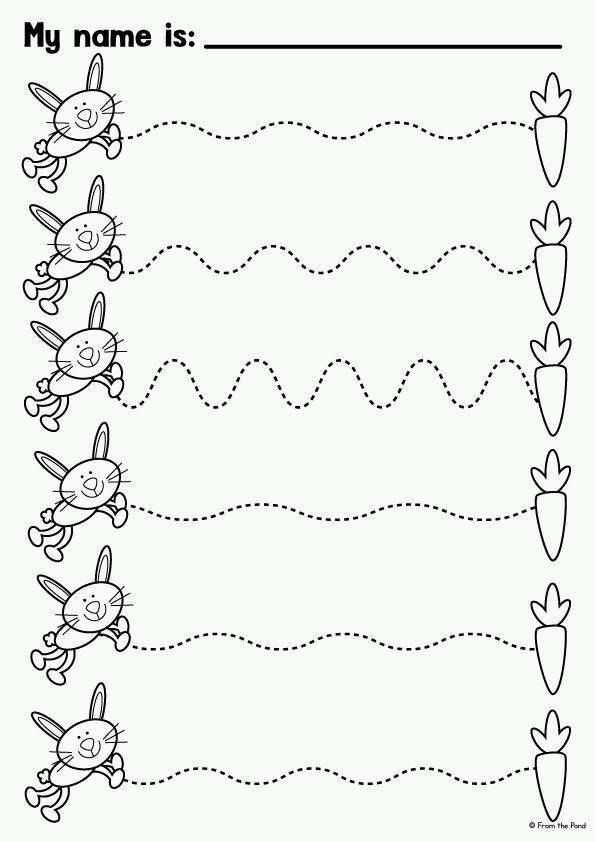 New games from around the world that you have not heard of!
New games from around the world that you have not heard of!
Life with children can be boring or fun, and it does not depend on any external circumstances!
Zhenya Katz "Games for Beginner Moms"
Simple games on a sheet of paper
Drawings
The player thinks of a picture and draws part of it, and then passes it on to another player.
Treasure map
You need to draw a schematic plan of the apartment - a treasure map and indicate the place where the treasure is hidden.
Chain
Enrich vocabulary, develop imagination and laugh a lot! We take a word of 3-4 letters and, changing 1 letter at a time, we turn it into others, and so on, until it turns out. The chain can turn out from 3-5 to 50 words. And then, according to the recorded words, we compose a story. Impossible not to laugh, checked!
Many words
Choose 1 long word and use its letters to make many short words. Whoever has more - he won!
Tic-tac-toe
An old unforgotten game. To make it more interesting, play on a large field - 4*4 or 5*5 cells.
To make it more interesting, play on a large field - 4*4 or 5*5 cells.
Doodles
The game stimulates the imagination. One draws any squiggle with his own color, and the second turns it into anything with the help of fantasy.
Troika
Tic-tac-toe game, only with letters. On the 3 * 3 field, two players put any one letter each, and the one who, by the end of the game (when all the fields are filled), will be able to write diagonally, vertically or horizontally more well-known words of 3 letters wins.
Balda
A square playing field is drawn on a piece of paper with 5*5 cells for the word BALDA or another number of cells corresponding to the number of letters in another word. Write a word in the middle row. Players take turns making moves. In one move, a letter is entered into a free cell in such a way that a new word is formed each time.
Words can be read in any direction. For each word, the player receives as many points as there are letters in the word.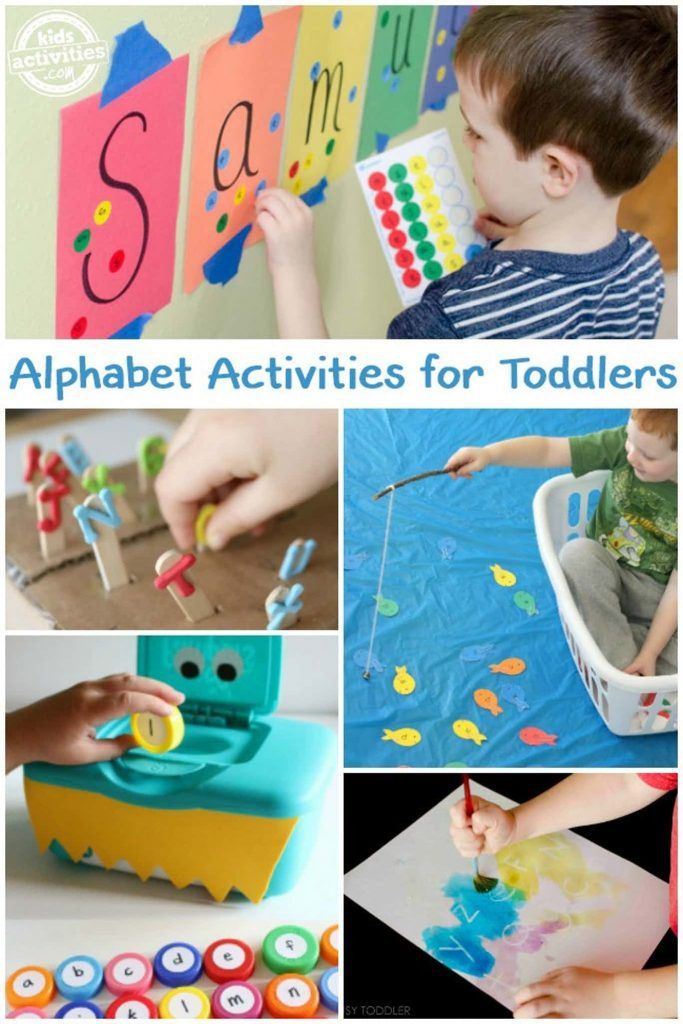 The game ends when all the cells are filled with letters or none of the players can come up with a new word.
The game ends when all the cells are filled with letters or none of the players can come up with a new word.
Silent artist
Develop imagination and associative thinking! Non-reading children receive an oral task from their mother: how would you depict a holiday (lake, mirror, mother cat, stars)? The drawing needs a schematic, only a contour, the main thing is figurative thinking.
The older the child, the less specific the words are - not “pan”, but “dinner”, not “five in the diary”, but “end of the quarter”. You will be surprised how interesting children's thinking works!
We prepare leaflets with an arbitrary number of words (difficulty by age) and draw, and then guess.
A game without competition, the main thing is to convey the meaning.
Bulls and cows
The player thinks of a four-digit number. All digits in the number must be different. His opponent must guess the number. Each time he also calls a four-digit number with different digits. If the figure from the named number is in the guessed number - this is a cow. If the figure from the named number is in the guessed number and stands in the same place - this is a bull.
If the figure from the named number is in the guessed number - this is a cow. If the figure from the named number is in the guessed number and stands in the same place - this is a bull.
Capturing the field
In addition to a piece of paper and a pen, this game will require a dice or two (to speed up the game and develop quick addition skills in children). The first player rolls the dice(s), adds up the numbers that have fallen (if there are 2 dice) and paints as many squares on his playing field as he received as a result.
The first person to color all the squares wins. You can also play 3 dice! Those already familiar with the multiplication table can play with multiplication instead of addition!
Paper strategy games for two or more
Naval battle
The goal of the game is to sink all enemy ships. We arrange the ships and "shoot" in turn.
Ships are placed on a field of 10*10 cells. The letters and numbers along the sides of the square are the coordinates.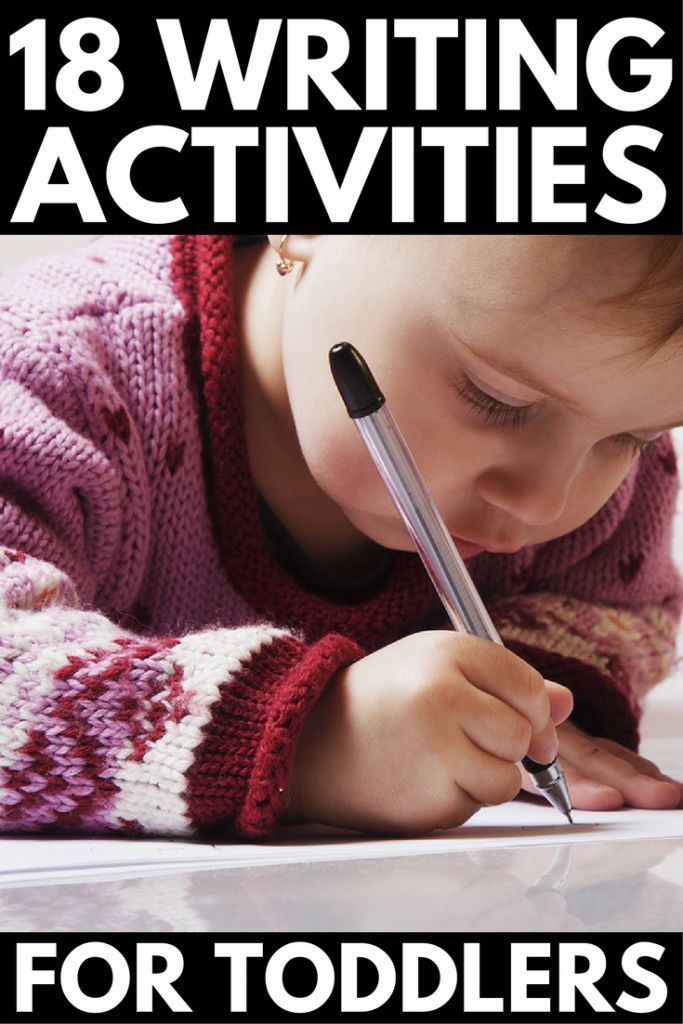 Each player has 10 ships: 4 one-deck (1 cell), 3 two-deck (2 cells), 2 three-deck (3 cells), 1 four-deck (4 cells). There must be at least 1 empty space between ships.
Each player has 10 ships: 4 one-deck (1 cell), 3 two-deck (2 cells), 2 three-deck (3 cells), 1 four-deck (4 cells). There must be at least 1 empty space between ships.
The second similar field is drawn for clarity of "shooting" at the enemy's field. The player names the coordinates, for example, "K5", the enemy honestly answers: "past", "wounded" or "killed". The victim shoots again. The one who misses passes the right to shoot to the enemy.
Scrabble
The game is widely known in the world under the name Scrabble. From separate letters it is necessary to make words and put them on the field. You can buy a field for playing Scrabble or play on a piece of paper.
Knight move
We work with logic and spatial thinking! We teach a child how a chess horse walks. We draw a small field of play on a sheet in a cage. We start the game from any cell: “we walk”, we take turns putting a cross in a cell one after another (older - numbers from 1 to ...), while it is possible to walk.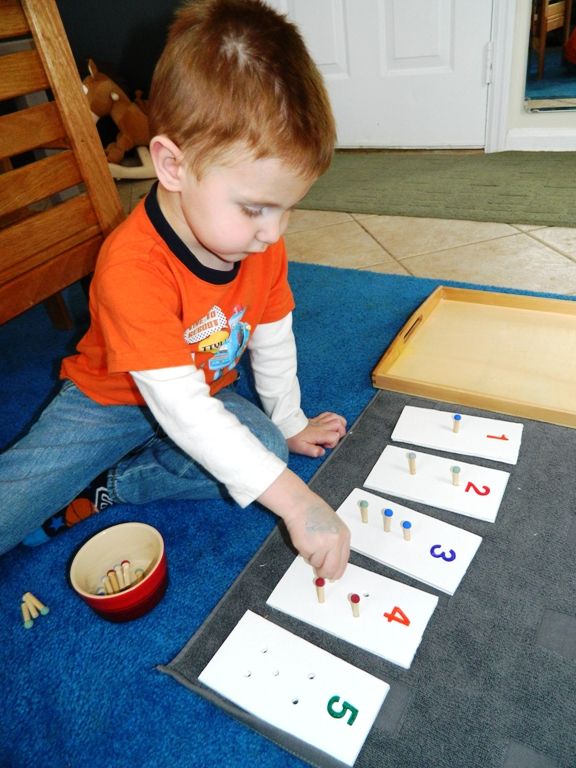
First, you can show the trajectory, then the child can already “draw” it in his mind. Task: fill the field as much as possible. With older children - who will have nowhere to go - lost.
Bridges
The players are trying to build a bridge from one side of their bank to the other. Red has red shores and crosses as stones, Green has green shores and zeroes. The game can start anywhere on the field.
In one move, a player can connect two adjacent stones with a vertical or horizontal bridge. Red and green bridges must not intersect. The winner is the one who builds a continuous bridge from one of its banks to the other.
Lines
It is necessary to put several points on a sheet of paper (at least 8, the more the more interesting). Two players play by connecting any two points in turn with a line segment. You cannot capture the 3rd point, and each point can be the end of only one segment. The segments must not intersect. The one who cannot make a move loses.
Dots
This is a paper strategy game for two or four people. The goal of the game is to connect the drawn lines into squares. The player who draws the most squares wins.
It is necessary to create a field of dots, 10*10 is enough to start with. But you can play with any field. Each player takes turns drawing lines by connecting 2 adjacent dots.
As soon as the player finishes the square, he fills the square with his color or puts his sign inside and can make one more move.
Snake
Two players must use different colored pens or pencils. A square of arbitrary size is drawn, for example, 9*9 cells. 2 sides of one color and 2 of another. Each player chooses points and begins to draw his snake, lengthening it alternately by 2 cells in one move. You cannot walk diagonally and cross your own or someone else's snake. You can lead the snake on the side of the opposite color. The one who cannot make a move will lose.
Tromino
This is a simple pen and paper puzzle that trains visual perception and spatial reasoning.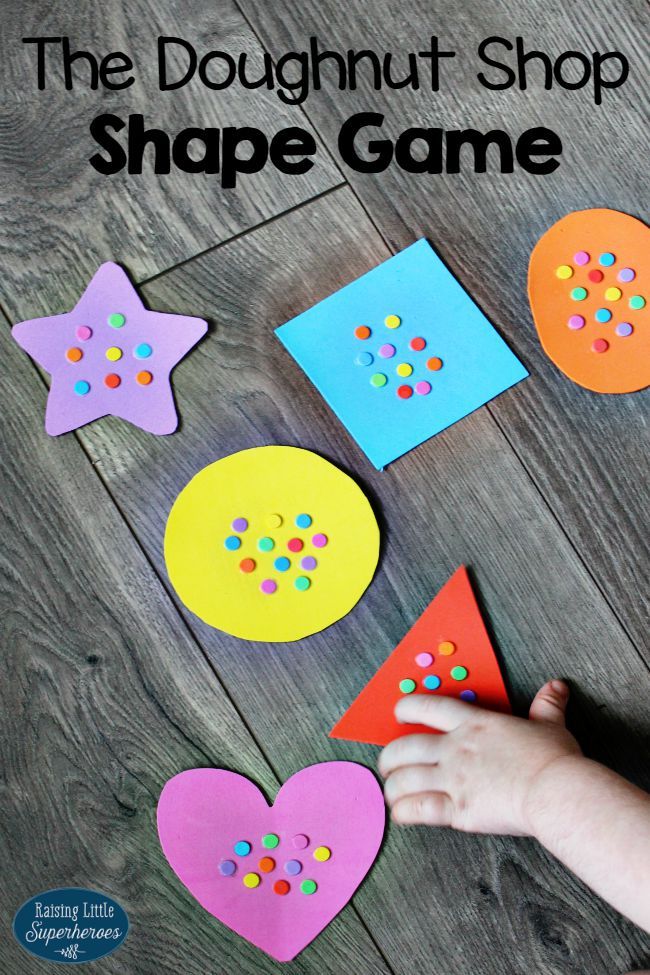 The goal of the game is to be the last player to successfully place a tromino on the game board.
The goal of the game is to be the last player to successfully place a tromino on the game board.
Tromino is a figure consisting of three squares connected by sides. You can either play straight pieces only, corner pieces only, or both versions at the same time.
The goal of the game is to be the last player to place a tromino on the board, thereby blocking the opponent's ability to play.
Read more about the tromino game in the next article.
Games on a sheet of paper with letters
Games on paper - a selection of books
Games on a sheet of paper published by Bely Gorod. A whole encyclopedia and almost a complete collection of such books! To the labyrinth
Games on paper. Tic-tac-toe, sea battle, dots and segments - a budget book by the Phoenix publishing house, in Chitai-gorod.
National games on paper
When these strategic games were played on the ground or sand with stones, sticks, flowers, etc. These days, playing has become easier, but no less interesting.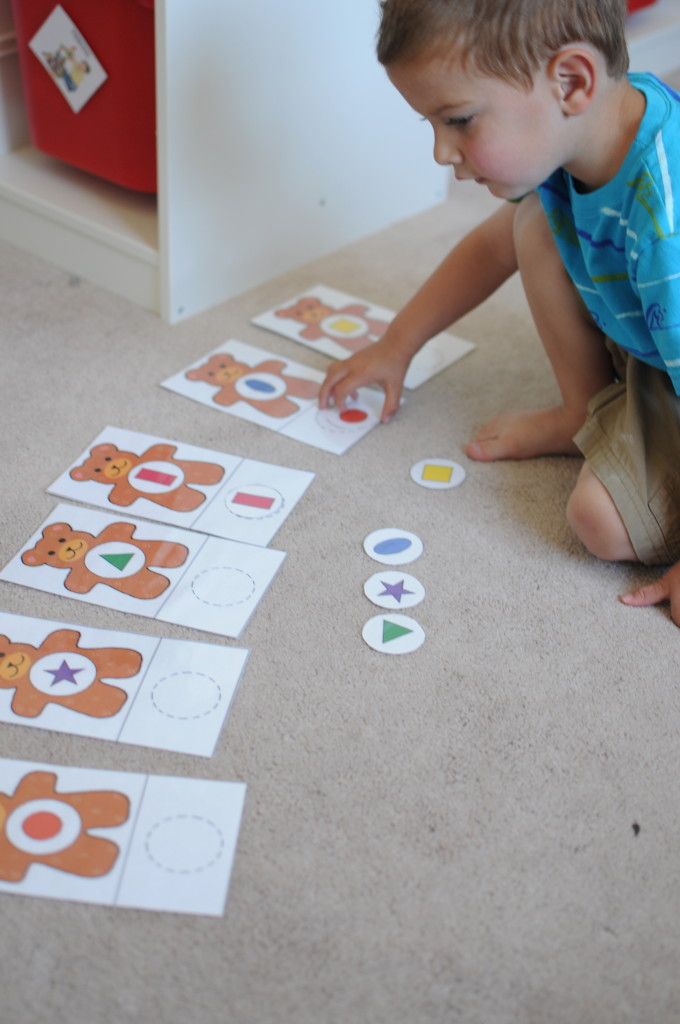
Dara is a cool match 3 game from North West Africa. The goal of the game is to capture your opponent's tokens so that he can no longer place his tokens at three in a row . Read more here.
Tiger and Leopards or Len Choa is a traditional game from Thailand in which a tiger (hunter) fights six leopards (victims). The tiger tries to catch the leopard by jumping over it (as in checkers).
The leopards are trying to surround the tiger and block it so that it cannot move. The game is dynamic, there is not enough pen and paper for it - chips are also needed (coins, buttons, scraps of paper - whatever). About the strategy of the game here.
Fox and Geese is a traditional board game from Northern Europe. This is a variation of Halatafl, a Viking board game mentioned in the early Icelandic sagas. Read more here.
Korean game Kono resembles Chinese checkers.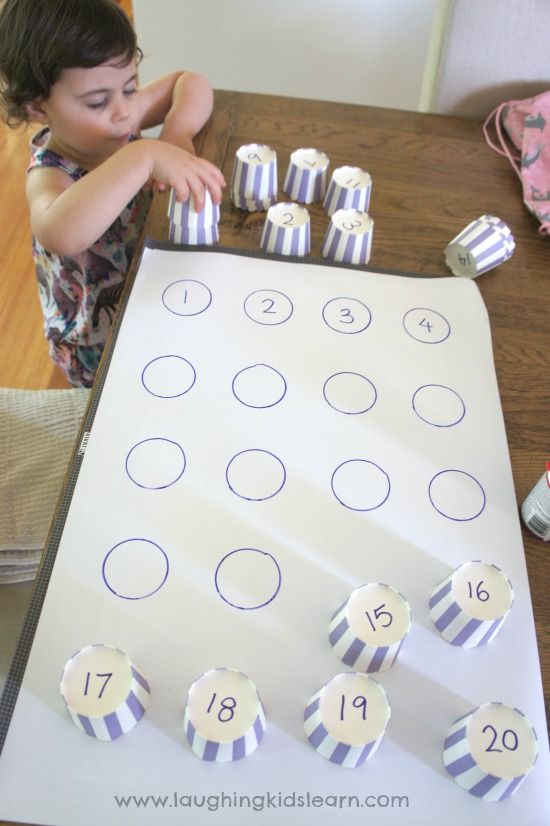 Objective: Move quickly across the board and place all of your pieces on the dots previously owned by your opponent. Description of the game
Objective: Move quickly across the board and place all of your pieces on the dots previously owned by your opponent. Description of the game
What kind of paper games for children do you know? What games did you play as a child?
10 paper games - Let's play together! — LiveJournal
In our childhood there were a lot of different games, most of them we just kept in our heads, the rules were passed on to each other during the game. Many of these games were played with just a pair of pencils or pens and a piece of paper.
Paper games can safely be called the most intelligent and developing. And now they are forgotten quite undeservedly. It is worth teaching children to play these games, and they can always be occupied on a long road or in rainy weather at home and in the country.
1. Tic-tac-toe
This is the most famous of these games. For her, paper is not always needed, just a foggy window pane in a minibus or a couple of twigs and sand underfoot . ..
..
A playing field is drawn 3 by 3 cells (9 cells in total). Players take turns making moves by placing a cross or a zero in an empty cell. Purpose of the game: to build a line of 3 crosses or zeroes horizontally, vertically or diagonally. It is extremely difficult to win in this game, basically the game comes down to a draw and more than one game is played.
But still there are certain combinations of moves that lead to victory. ))
When you get tired of playing on a small field, you can increase the field or not limit it at all. On such a field, players take turns making moves until someone manages to line up a line of five characters horizontally, vertically or diagonally.
2. Battleship
This is one of the most favorite games of our childhood. ))
I think everyone remembers the rules. And for those who do not remember, we will remind. This game is for two.
The goal of the game is to sink all enemy ships. Ships are located on 2 square fields measuring 10 by 10 cells.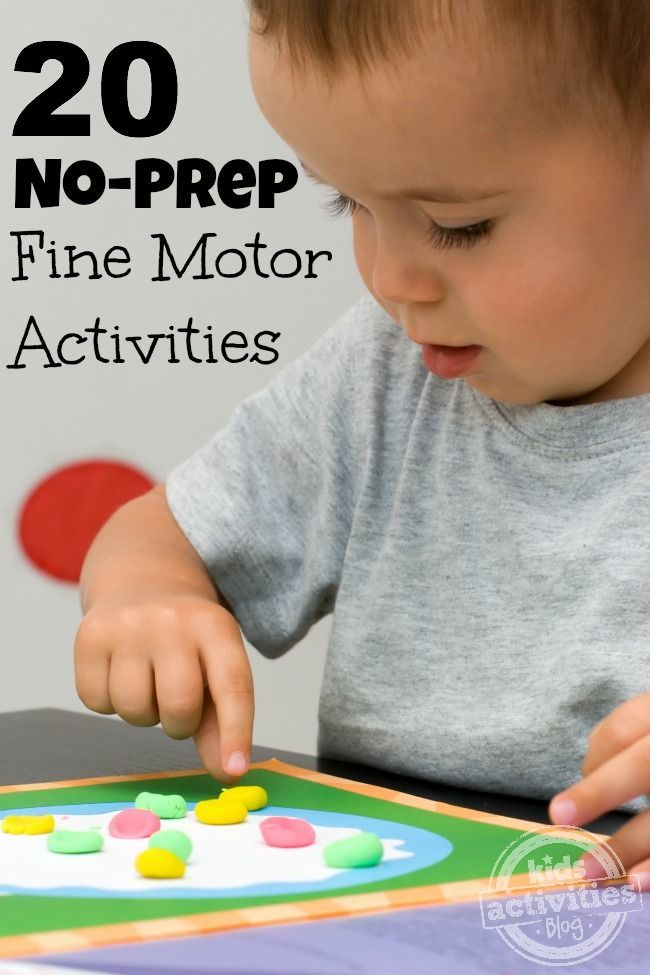 You place ships on your field and the enemy strikes at them. And on the other field, the enemy has his ships. Each player has an equal number of ships - 10 pieces:
You place ships on your field and the enemy strikes at them. And on the other field, the enemy has his ships. Each player has an equal number of ships - 10 pieces:
Single-deck (1-cell size) 4 pieces
Double-deck (2-cell size) 3 pieces
Three-deck (3-cell size) 2 pieces
Four-deck (4-cell size) 1 piece
When placing ships on the field, it must be taken into account that there must be at least one empty cell between them; ships cannot be placed close to each other.
During his turn, the player selects a cell on the opponent's field and "shoots", calling its coordinates "a1", for example. At the same time, he marks his move on his additional field. If you sank the enemy ship, then the opponent must say “killed”, if you wounded the ship (that is, you hit a ship with more than one deck), then the opponent must say “wounded”. If you hit the opponent's ship, you continue to "shoot".
The game ends when all ships of one of the players are "sunk".
3.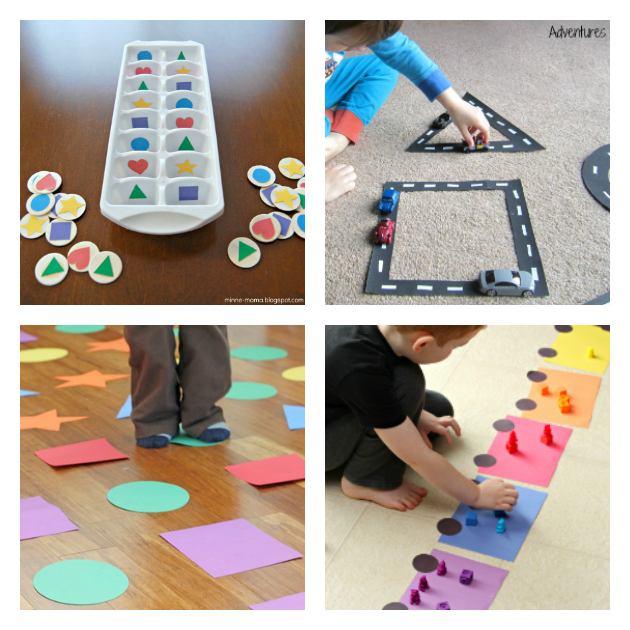 Tanchiki
Tanchiki
The game requires an A4 sheet folded in half (you can take any notebook sheet). Two players draw 10 tanks each on their own half of the sheet. Having finished the alignment of forces, the players begin to “shell” each other in this way: the shot is drawn in their own half of the field, then the sheet is folded in the middle and the shot, visible through the light, is marked in the second half of the field. If the shot hit the tank, then it is considered "knocked out" and one more additional shot is needed to destroy it. If the player hit the tank directly, then one shot is enough.
Each successful shot entitles the player to the next shot. To complicate the game, you can introduce a ban on the next shot at a freshly knocked out tank.
4. Hands
Even small children who are already familiar with numbers can play this game.
It will help you learn how to quickly navigate the numbers and concentrate.
For the game, you will need two sheets of paper in a cage, on each sheet the player circles his palm. Now, in the space bounded by the drawing, numbers from 1 to ... are randomly arranged here. Here you need to agree in advance. Next, the game begins. One player calls an arbitrary number, while the other tries to find this number on his palm, while the first player quickly puts crosses in the cells on his sheet, starting from the top left cell. The winner is the one who quickly fills all the cells of his field with crosses.
Now, in the space bounded by the drawing, numbers from 1 to ... are randomly arranged here. Here you need to agree in advance. Next, the game begins. One player calls an arbitrary number, while the other tries to find this number on his palm, while the first player quickly puts crosses in the cells on his sheet, starting from the top left cell. The winner is the one who quickly fills all the cells of his field with crosses.
5. Points and lines.
The conditions of this game on paper are simple: put a few dots on a sheet of paper (at least 8, and preferably at least 15). Two players play by connecting any two points in turn with a line segment. You cannot capture the 3rd point, and each point can be the end of only one segment. The segments must not intersect. The one who cannot make a move loses.
In the figures you can see the correct connection of the dots.
and incorrect
6. Dots
We played this game at the institute during boring lectures.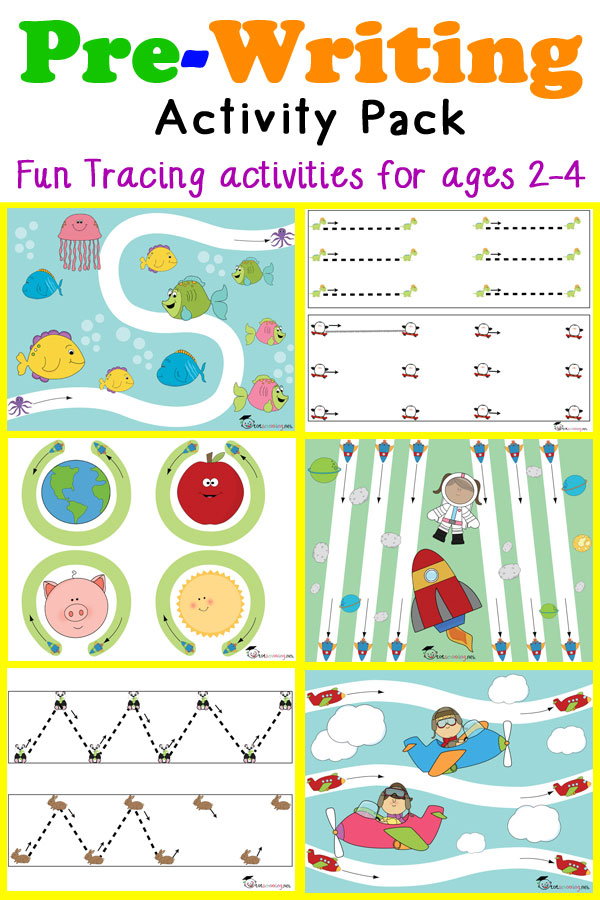 It develops tactical and strategic thinking.
It develops tactical and strategic thinking.
The playing field is an ordinary sheet of paper in a box, if there is a lot of time and patience, you can play on a whole notebook spread. The playing field can be circled with a line and forbid by the rules to put dots on this border. Each player must have a pen or pencil of their own color. Players take turns putting dots in random places at the intersection of cells.
The goal of the game is to capture as many paper possessions as possible. A territory is considered captured if it is surrounded by dots of its color. The dots must be spaced one cell apart horizontally, vertically, or diagonally. The captured territory is painted over with its own color or a fortress wall is drawn around it (thick line). If you managed to encircle the territory or points of the enemy with dots, they are yours. After such a capture, the player is granted the right of an extraordinary move. In some versions of the game, you can capture only those territories where there are already enemy fortifications.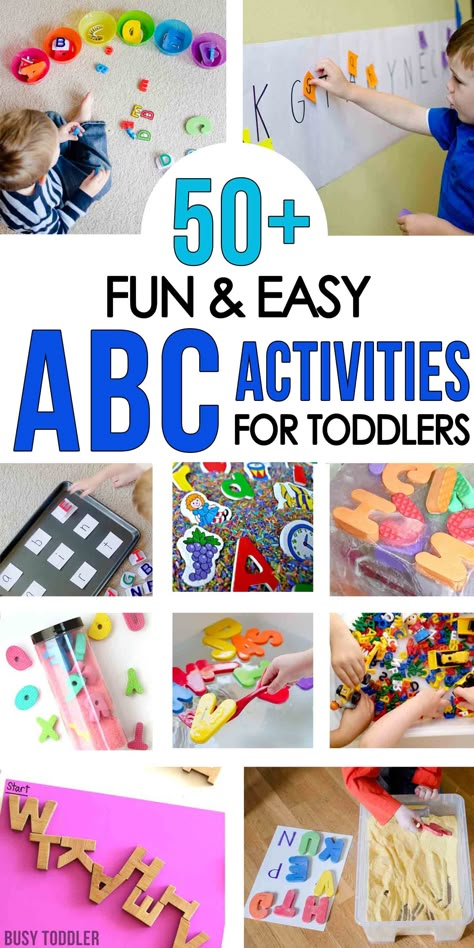 In others, any land is available to you, including free ones. Choose what you like best. At the end of the game, the size of the occupied lands is calculated and the winner is declared. Most often, there is no need to specifically count anything - the result is obvious.
In others, any land is available to you, including free ones. Choose what you like best. At the end of the game, the size of the occupied lands is calculated and the winner is declared. Most often, there is no need to specifically count anything - the result is obvious.
Can also be played with younger children. In this case, the playing field should be made quite small - a quarter of a notebook page or even less, and take paper with large cells.
7. Numbers
Did you play such a game on a notebook in a box at school or institute? We played half of the hostel. ))) I held on for a long time, but then I plunged into it with my head, but an hour home on the train flew by unnoticed.
It was called differently: numbers, numbers, seeds, 19, but the meaning of this did not change. You write out the numbers from 1 to 19 in a row, in a line up to 9, and then you start the next line, in each cell, 1 digit. Then you cross out paired numbers or giving a total of 10.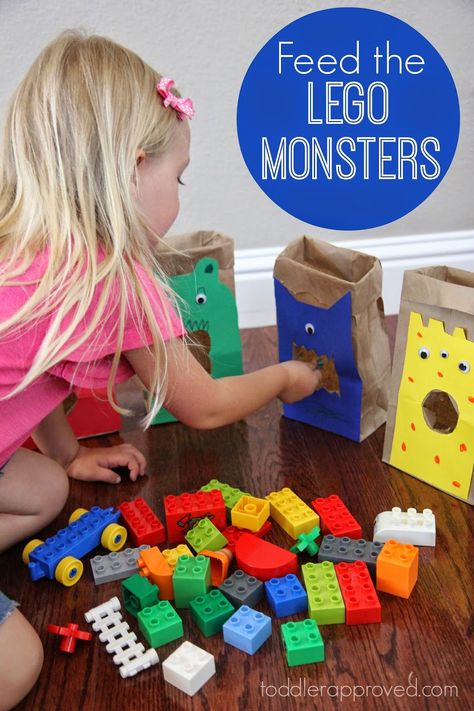 One condition - the pairs must be next to or through the crossed out numbers horizontally or vertically. And after you have crossed out all possible pairs, you rewrite the remaining numbers at the end. The goal is to completely cross out all the numbers.
One condition - the pairs must be next to or through the crossed out numbers horizontally or vertically. And after you have crossed out all possible pairs, you rewrite the remaining numbers at the end. The goal is to completely cross out all the numbers.
8. Hangman
A bit inhumane game, but still. As a child, we combined the yard game of Cossack robbers with the "gallows"!.
The meaning of this game is to guess the word by letter in a certain number of moves.
One player thinks of some word (simple and short to begin with). He writes his first and last letters, and instead of the missing letters we put dashes. The task of the second player is to guess the hidden word. He names a letter. If this letter is in the word, we enter it in its place. If not, then we write the letter to the side so as not to repeat ourselves, and we begin to draw the "gallows" - a vertical line. With the next error - horizontal (it turns out something like the letter g). Then a rope, a loop, a man's head, a torso, arms and legs are drawn. For these several attempts, the player must guess the word. If it didn't work out, you lost. If he had time, it was his turn to think of a word.
Then a rope, a loop, a man's head, a torso, arms and legs are drawn. For these several attempts, the player must guess the word. If it didn't work out, you lost. If he had time, it was his turn to think of a word.
9. Balda
Another game with words. Here you can play with two, three or even one.
A square playing field with 5x5 cells is drawn on a sheet of paper, for example. In the middle row we write a word of five letters. Players take turns making moves. In one move, a letter is entered into a free cell in such a way that a new word is formed each time. Words can be read in any direction except diagonal. For each word, the player receives as many points as there are letters in the word. Words are written on the side of the field so that other players do not repeat them. The game ends when all the cells are filled with letters or none of the players can come up with a new word. After that, the number of points is calculated. Whoever has the most wins.